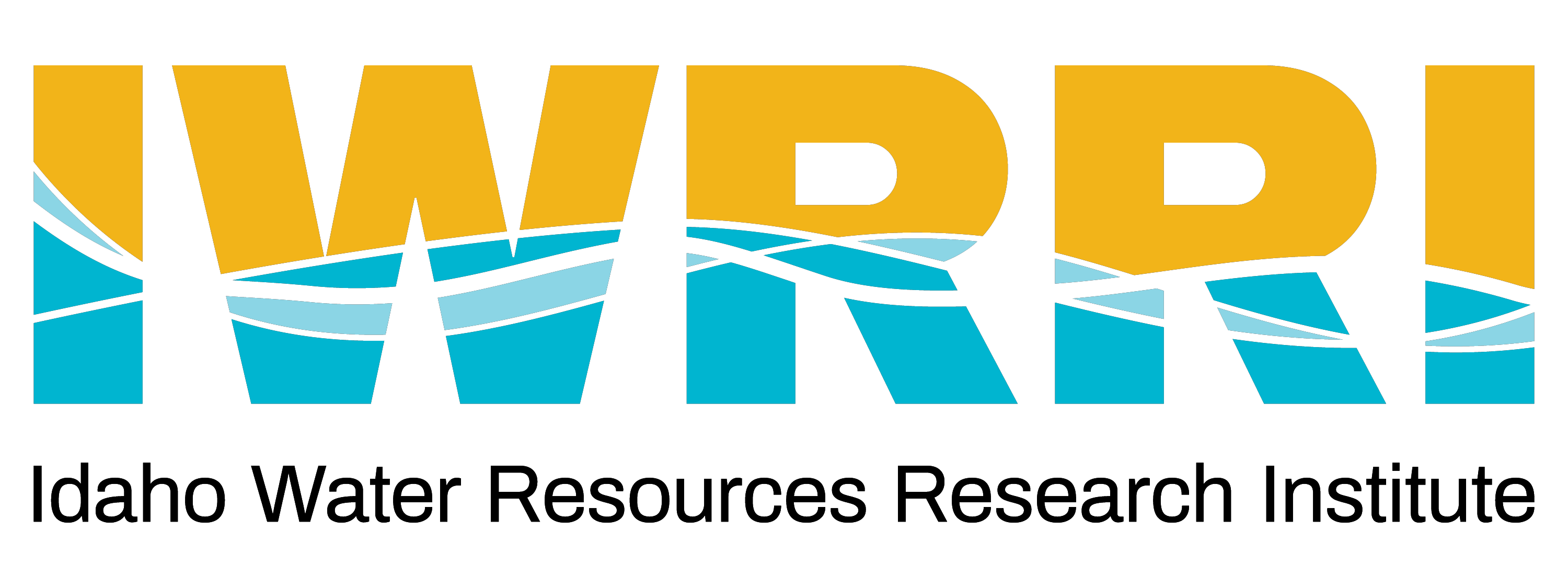University of Idaho faculty Karen Humes and Russell Qualls, along with their students, analyzed 30 years of crop water use data in southern Idaho to understand variations in irrigation application needs. Their research examined how differences in wet versus dry years and cool versus warm years influence crop water use and irrigation needs. By considering forecasted climate conditions, farmers can make informed decisions about crop selection and irrigation allocation, optimizing water use and improving overall agricultural efficiency.
Similar Posts
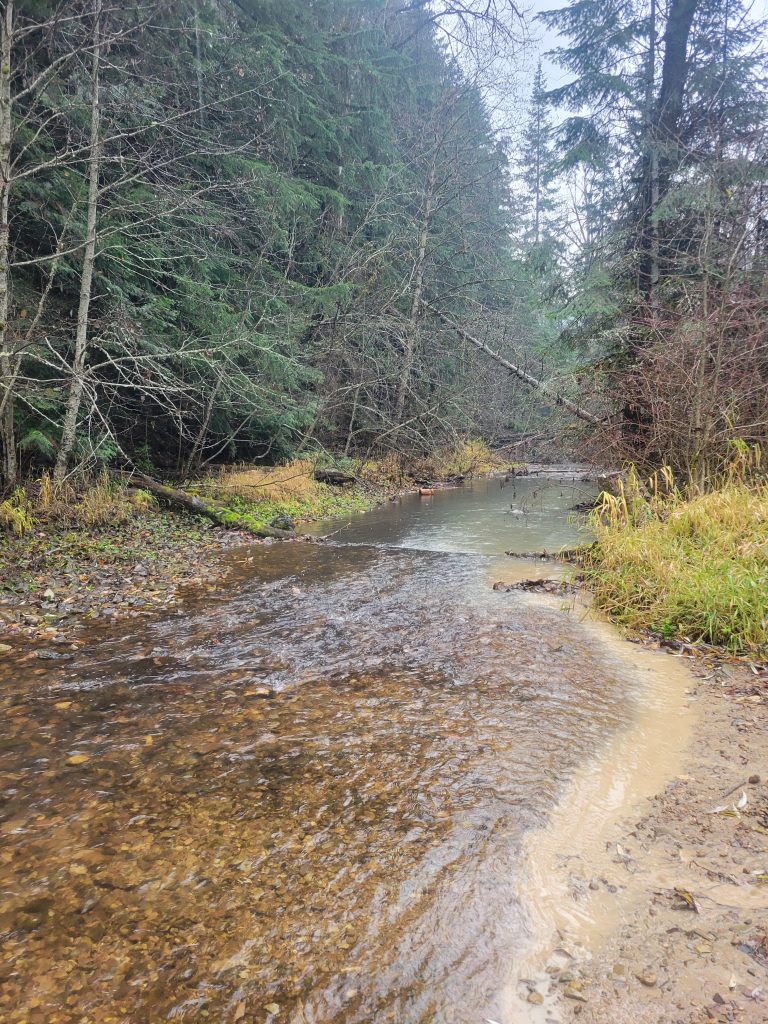
OUR GEM: Tackling Nonpoint Source Pollution in North Idaho, Protecting Coeur d’Alene Lake
OUR GEM: Tackling Nonpoint Source Pollution in North Idaho, Protecting Coeur d’Alene Lake Nonpoint source (NPS) pollution is a major environmental issue in North Idaho, particularly within the growing Coeur d’Alene Lake watershed. Unlike point source pollution, which stems from identifiable discharge points like pipes or ditches, NPS pollution is transported by diffuse sources such as rain or snowmelt. These waters pick up pollutants from urban areas, agricultural land, forests, and residential zones, eventually draining into lakes, rivers, and groundwater….

U Of I Soil and water systems graduate student travels to Uzbekistan to help determine scope of water quality issues
Marina Steiner, a graduate student with Greg Moller in the Soil and Water Systems Department, travels to Uzbekistan to help determine scope of water quality issues, read more.
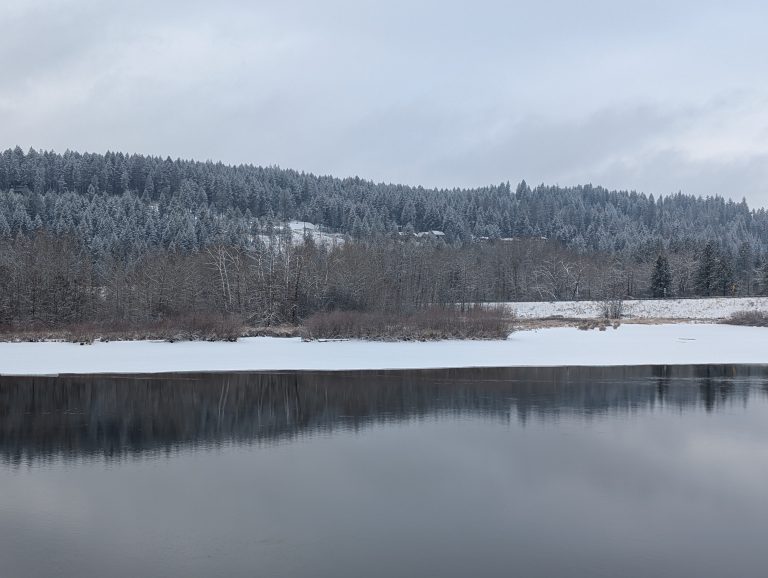
OUR GEM: What’s Not So Obvious?
By Dave Muise, Vice President of the Board, Kootenai Environmental Alliance. I was standing by Coeur d’Alene Lake on a fall day taking in the beautiful view when a woman passing by asked me “Has the lake turned over yet?”. I gave her a vacant look, smiled and said “no”, having no idea what I was saying “no” to. “Turn over” was what you did to pancakes, and no spatula I’ve ever seen could turn over a lake! A little…
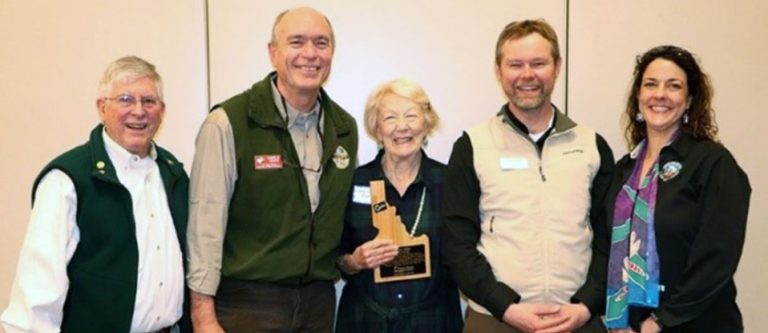
Local Gem Awards
This story was written by the Our Gem Collaborative team for the CDA Press on Sunday, Dec. 20, 2020. Read the original article. The Local Gem Award Program is hosted by the Coeur d’Alene Regional Chamber of Commerce Natural Resources Committee in partnership with Our Gem Collaborative. Our purpose is to recognize those in the Coeur d’Alene Basin who work to protect water quality through actions such as implementing low impact development, dedication to water quality education and using proper Best…
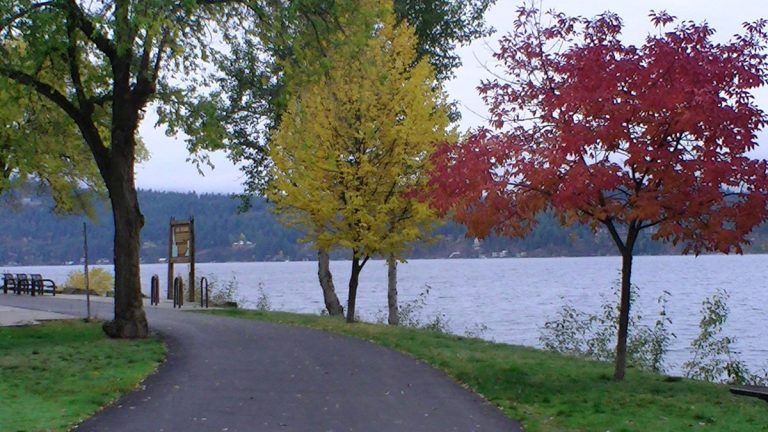
Lake Survey Results Are In
Lake Survey Results Are In This story was written by the Our Gem Collaborative team for the CDA Press on Sunday, Sept. 19, 2021. Read the original article. During the summer of 2021, the Our Gem Coeur d’Alene Lake Collaborative community lake perception survey received over 1,000 responses. Based on the demographic questions, about 60% of survey respondents live in Kootenai County, with others weighing in from nearby counties. Only about 20% own property or have friends or family members with property…

Who’s the National Academy of Sciences and What Do They Want With Our Gem, Coeur d’Alene Lake?
This story was written by the Our Gem Collaborative team for the CDA Press on Sunday, Aug. 15. Read the original article. Since the beginning of this year, the National Academy of Sciences (NAS) has been reviewing historical and recent water quality data from Coeur d’Alene (CDA) Lake. The NAS assembled a committee composed exclusively of volunteer experts to assess water quality and provide possible recommendations. Our lake has seen a decline in metal concentrations in the decades since enacting environmental…
